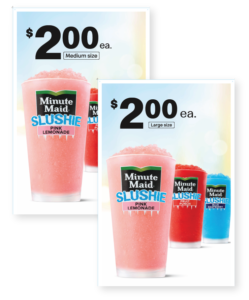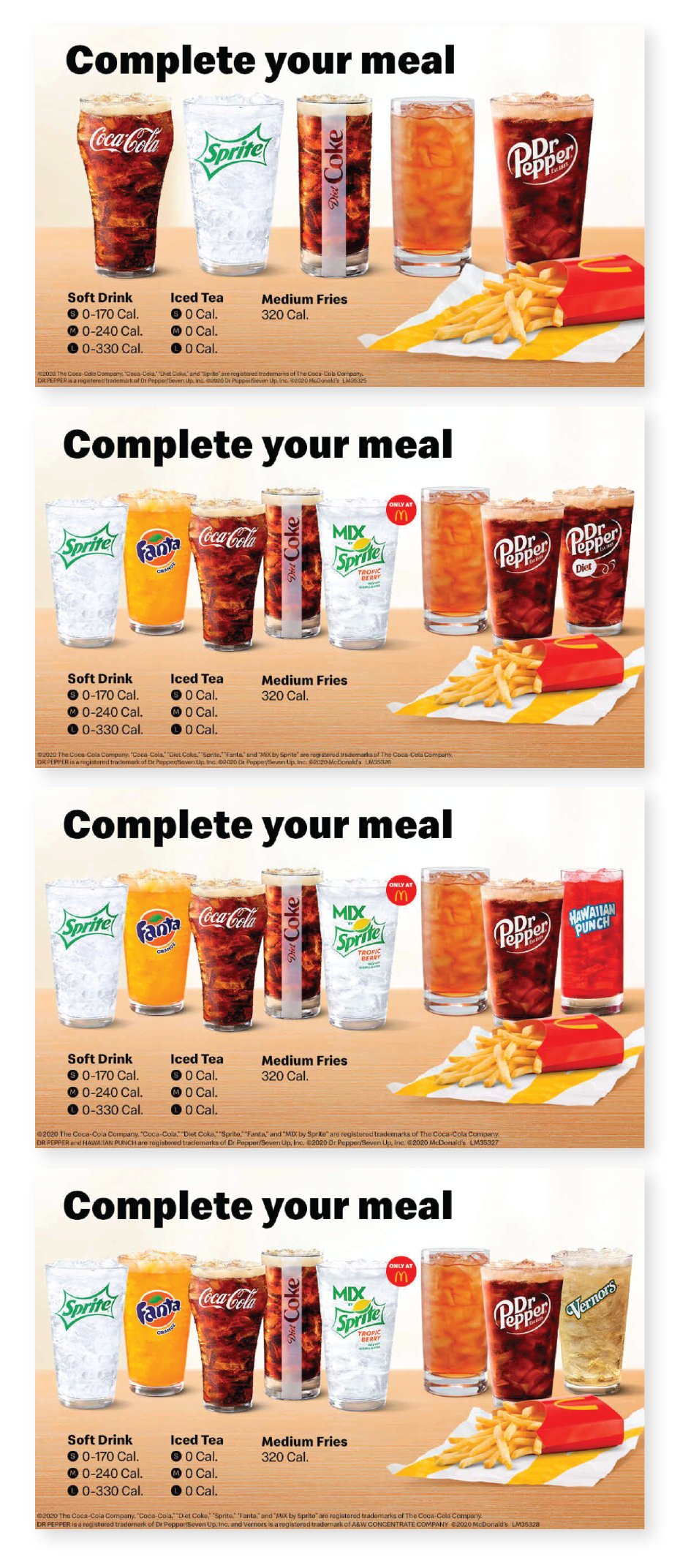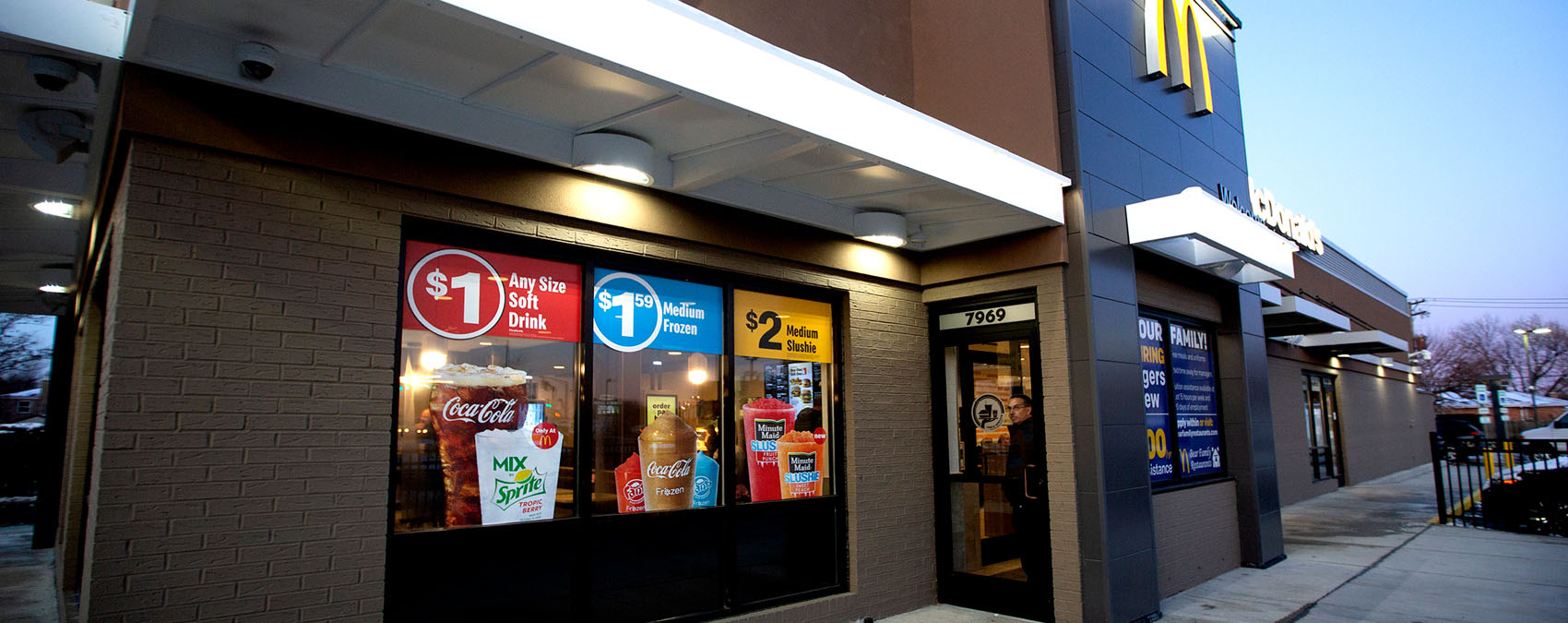Consumer brands with a broad customer base need a lot of resources to distribute their message entirely. But even limitless resources can’t save a marketing campaign if that message doesn’t resonate. The same message will have a different impact on different consumer segments. The question is, how are you improving your message for each of those segments — and doing it in a cost-effective way?
Now, enterprise consumer brands are getting serious about localizing content in the markets they serve. Recent data from eTail suggests 48% of global retailers with more than $1 billion in annual revenue will use geographical and location data to engage customers more effectively in 2020.
The good news is, not all localization efforts require a full content makeover. Versioning — the process of optimizing multiple versions of your campaign materials for unique customer segments — retains the core objective of your campaign in all markets, albeit with some adjustments for local effect. A successful versioning program features a portfolio of varied content that nonetheless lives closely within a single design’s look and feel. Each segment speaks the fundamental message, albeit in a localized and appealing way.
Why sending mixed messages can be a good thing for your retail campaigns
How Does Versioning Work, and How Is It Successful?
An enterprise retailer may take broad strokes in versioning its campaigns, altering artwork to include local cultural icons or changing copy to capture local colloquialisms. Quick-service restaurants (QSRs) may change their menus based on certain tastes — discounting certain menu items, or removing other items entirely. National beauty retailers might make product imagery more prominent in print marketing to reflect regional demographics as well.
But in many cases, small strokes are all brands need to make an impact at scale. It starts with connecting insights into local markets with the greater narrative of your campaign. National QSRs such as McDonald’s, for example, may apply highly specific versioning parameters by region that nonetheless feature only small differences in creative materials from one region to the next. Beauty brands may use very similar multi-product print materials and only slightly enlarge imagery of one product over another — by a degree not immediately noticeable to the naked eye.

Effective Versioning can be incredibly subtle, changing small aspects of copy, pricing, imagery, placement, etc. can help optimize local performance.
Balancing Efficiency With Successful Localization
Limiting the scope of changes per region saves on resources through standardization. Choosing highly targeted changes that will resonate in more than one region saves on production and logistics costs as well. It reduces the variations required in the production of materials and allows companies to increase efficiencies in the distribution of creative materials.
In this way, national or even global consumer brands with thousands of stores, franchises or co-ops can find and maximize efficiencies in their content versioning and logistics strategies. That’s why a successful go-to-market solution features upfront logistics analyses that take all production, distribution and versioning cost factors into account.
But as consumer trends change, even large, recognizable brands must be mindful of how well they connect to identifiable customer segments while remaining true to their overarching campaigns. That’s why the creative aspects of versioning are central to achieving that cost-effective balance.
4 Creative Considerations for Fine-Tuning Your Campaign Versioning
Adjusting content can help brands connect to different audiences — especially when promotions are fine-tuned for local markets. But even minute differences in creative materials can have a resonate with different customer segments. Minor differences in imagery, copy, pricing, and timing can push the needle toward regional success.

Versioning can help brands promote products that might be more popular or exclusively available in specific regions.
Imagery
Fully developed national brands have a deep understanding of their audience, but translating that understanding into successful imagery at scale is both art and science. Successful creative teams can adapt images in cost-effective ways that drive results among targeted segments but nonetheless remain uniform to their broader campaigns. This may emerge in several ways — such as enlarging certain images or displaying products more prominently — that still adhere to centralized standards.
Copy
Above all, successful copy takes into account who will be reading it. But for national brands, the two critical aspects of copy — creativity and pricing — must remain aligned with an overarching campaign. In versioning, this can mean simple changes such as the size of certain text, or substantial changes such as embracing local culture, that bridge this gap in a strategic way.
Pricing
Pricing impacts both product localization and content versioning, where certain products, their price points and the ways in which they are displayed will impact local performance. Leading content strategists will maximize efficiencies in a brand’s version pricing — which in some cases may mean few changes at all — while ensuring the greatest possible acceptance in each market the brand serves.
Timing
While some seasonal and holiday content will have national appeal, brands must consider timing based on unique factors in local markets as well. These can be local days of note such as sporting events, but also daily factors. Urban locations may have more nighttime customers, for example.
Timing also factors into the distribution of materials. In some cases, creative materials for distant co-ops must be distributed early in the campaign, even for events later in a given brand’s content calendar.
Embracing Versioning in Today’s Global Markets
When it comes to versioning, the challenge is constant. Consumer tastes and logistical challenges evolve differently by location. Meanwhile, marketers responsible for national campaigns must maintain a degree of consistency across these changing environments.
National brands need strategists that can identify logistics and production efficiencies while maximizing the results of their versioned materials. They need creatives who can retain a cohesive campaign message, yet treat local operations like their content is made just for them.
IMS works with clients to determine the right versioning mix for each market, and to optimize the total cost of execution as well. Most importantly, we help brands save smarter, coordinating with internal teams to respond to changing market trends in an agile, cost-effective way. We’re happy to help you learn more, contact us to speak with an IMS versioning expert today.

Article Contributor: Ashly Denison

Article Contributor: John Kush
John Kush is the Associate Creative Director at IMS–Local Market. John has been in the Creative Marketing, Branding, and Promotions business for over 25 years. For the last 5+ years he has helped Local Market build the print and digital assets into the success it is today.

